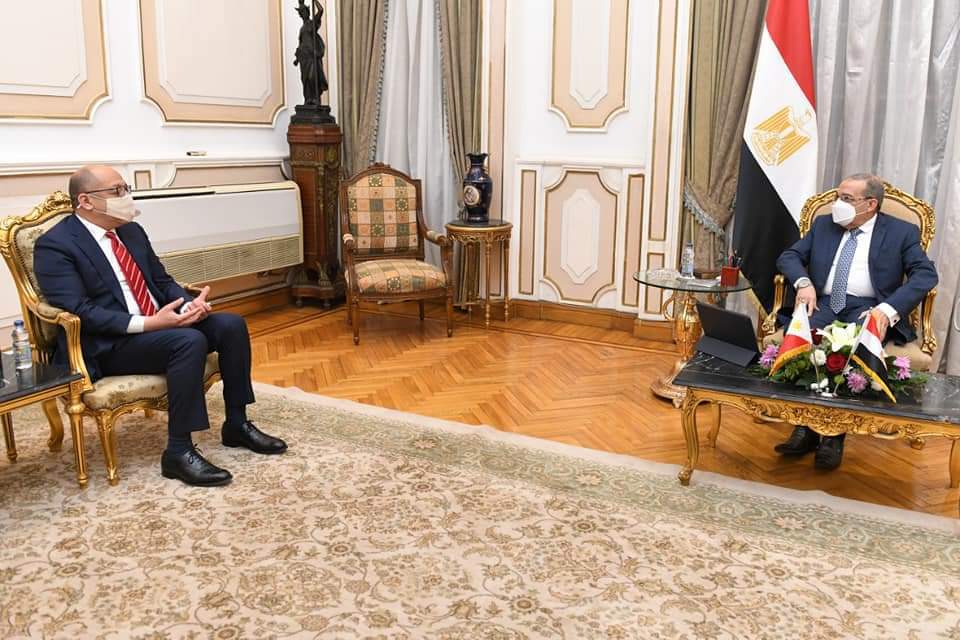ENO will change the way you think about electronic music and experimental film. This was always going to be a bold promise to live up to, but in one regard it did not disappoint. Earlier this week, Sawy Culture Wheel hosted an evening of “experimental film and music, the first event of its kind in Egypt, according to the organizers.
Judging by the screened film, Ahmed Khalifa’s “Wingrave, it seems that my perception of experimental film – breaking boundaries, challenging the audience and subverting the form, doing away with narrative and exploring the possibilities of image all the while managing to be at least mildly interesting – was wrong.
I know that silent film doesn’t necessarily designate experimentation. Shooting in black and white is not experimental either; it is an aesthetic choice, sometimes artistic sometimes frivolous. I have to admit though, putting the entire dialogue of a film’s characters up on the screen after they have spoken is something I haven’t witnessed before. And when the dialogue is of the most turgid variety, (“Does anyone know about tonight? “Just you, me and the medium. ), putting it up there turns dull and uninspired writing into faintly absurd practice.
Maybe the experiment was one of testing the endurance levels of the audience. Judging by what’s showing at the cinema multiplexes each week, listening passively to a bad film is not an uncommon occurrence.
But having the audience be actively involved in taking in the rubbish you’re serving them, that’s an achievement. Maybe they were waiting for the story to do more than resemble a pastiche of gothic themes. For me the greatest interest was to see how accurately I managed to read the actors’ lips.
I could write about the story and characters, but then I would be putting more effort into either of them than anyone involved had. The score, a mildly chilling drum beat, would have been more effective in creating the desired atmosphere if the events on the screen were not so far behind in pace. This meant whenever a change in the music’s tempo suggested something was going to happen, that tempo then had to be stretched out; the musical equivalent of the boy who cried wolf.
The film – advertised as “Séance: The Director’s Cut and not with its original title – is enthusiastically billed as the first to be made in Egypt in English and “an experiment in expanding the boundaries of low-budget filmmaking, but it is hard to see what those boundaries were other than the boredom threshold it severely tested; or how far the often abused term of “experimental could be stretched to apply to this film.
The event, conceived by Khalifa and musician Mohammed Ragab, is named after influential musician Brian Eno, who in the 1970s after leaving Roxy Music, created what has come to be known as “ambient music through the merge of the avant garde with pop culture. But unlike much of the music and genres (new age, chill out) Eno influenced and spawned, his compositions such as “Music for Airports have an atmospheric fabric that is constantly building to something, only to drop back into the loop and be set up again. There is mood and a melancholy that feels as weighted as the listener’s own existence.
The first of the two acts that performed, Neo Birds, had none of those qualities or harmony. Neo Birds are made up of Wael Alaa on synthesisers and Aya Mustapha’s voice. Mustapha’s vocals resemble a young Beth Orton stripped of the richness that hints at knowing sadness and pain. It is pleasant enough and a distraction from Alaa’s cumbersome efforts that fail to build a sense of mood or hold the attention for longer than it takes for the first loop to turn into nothing and come again flat.
The setting did not help; two people standing on a darkened stage with only Mustapha’s soft steps providing visual relief for the seated audience. If Sawy want to be taken seriously as a venue and patron of the burgeoning electronic music scene in Cairo, it has to do something about the stifling way it stages events like these. A dark auditorium with rows of chairs only works if there is something to fix your attention on the stage. Chill out music in a dark hall is no one’s idea of how to be mesmerized; the two just do not mix, unless you want to sleep.
Machine Eat Man’s set solved the problem of what to look at by both projecting edited moving images onto a screen and the energy and spontaneity Mohammed Ragab put into his performance on the analogue synthesizers. Working up to an industrial edge on heavy beats, the pieces he performed gradually gained in darkness and violence evoking the night that waited outside. The repetitive skin wrapped around the beats under the images of streets, cars and people dancing, conveys a sense of the city’s margins, a place where things change and traditional forms are subverted.
ENO Volume 2 is, apparently, coming soon.





